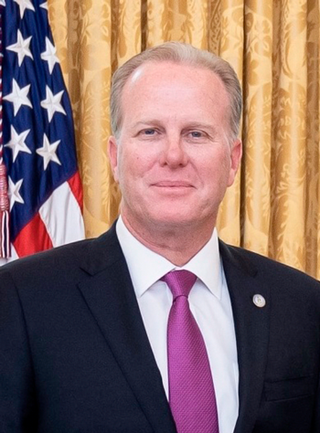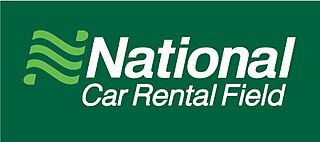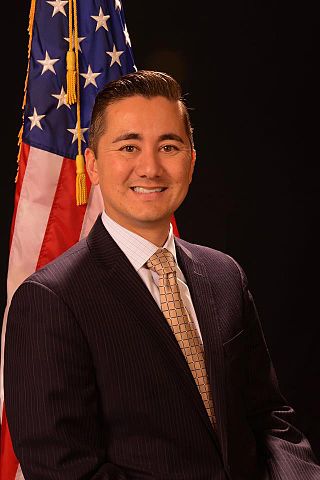On April 21, 2016, the Chargers unveiled renderings of a stadium/convention center adjacent to Petco Park. On April 23, 2016, the San Diego Chargers launched their initiative effort with a rally in Downtown with an estimated 4,000 people attending; among the people who attended this event were Chargers chairman Dean Spanos, NFL Commissioner Roger Goodell, quarterback Philip Rivers, former running back LaDainian Tomlinson, and coach Mike McCoy. On June 10, 2016, the Chargers announced that they had collected 110,786 signatures, enough to put the stadium proposal on the ballot in November; these signatures however needed verification. On July 9, 2016, San Diego City Clerk Liz Maland announced that the downtown stadium initiative has secured enough valid signatures to be on the November 2016 ballot. On July 18, 2016, the San Diego City Council voted to allow both the Chargers stadium plan and the Citizens Plan on the November ballot.
Opposition
Voice of San Diego reported on March 11, 2015, that a new Chargers' stadium would likely not make San Diego money, citing that the city still owed millions in tax dollars for the renovations to Chargers' Qualcomm Stadium repairs from 1997, and is currently paying about $12 million yearly for Qualcomm. The article stated that San Diego taxpayers subsidized Qualcomm stadium with over $10 million a year because the Chargers and other stadium events didn't generate enough revenue to cover costs. Qualcomm stadium also cost taxpayers almost $2 million each year for police and fire services at Chargers games, as well as repairs to the stadium, costs which were not compensated for by the Chargers. [23]
On May 31, 2016, the American Institute of Architects San Diego wrote an article in opposition to a downtown stadium for the Chargers, because of "significant, unanswered questions about potential cost overruns and environmental impacts that may cost San Diego taxpayers hundreds of millions of dollars." [24]
The “No Downtown Stadium – Jobs and Streets First” coalition was formed in June 2016. They announced they were opposed to the Citizens' Initiative and published several opinion pieces in local newspapers. [25] [26]
The coalition defined their central idea as, "We should not raise taxes to build a stadium and subsidize a billion-dollar corporation, especially when we have so many needs in San Diego, including street repairs. Additionally, this tax measure puts our economy and tourism jobs at risk, and it threatens an important revenue source the City relies on to pay for street repairs, 911 dispatchers, libraries and other neighborhood services. All this to help a billionaire build a new workspace for millionaires." [27]
The No Downtown Stadium group said the project would have created less property tax revenue and new jobs than alternative developments such as offices or housing, and would ultimately have cost the city money. [19]
On July 28, 2016, Ted Molter, the Tourism Authority chairman, expressed in a statement that Comic-Con officials were opposed to the stadium proposal because the site was located on a different site than the convention center. He also said that the new hotel tax would have made San Diego have one of the highest hotel tax rates in the nation. [21]
On July 29, 2016, the “East Village South Focus Plan” was released by a group of volunteer architects and planners as an alternative to the stadium in the Tailgate Park space. Estimated to generate $55.2 million in annual taxes and create 5,590 permanent jobs, The released plan included 4.5 million square feet of development, including housing, offices, restaurants, parks, plazas and a convention annex or arena. The cost of the plan was estimated at $1.8 billion, which was about the same as was the estimated cost for the stadium. [28]
On August 8, 2016, Chris Cate, a San Diego Council member, said in a segment for NBC 7 San Diego that if the Chargers built the stadium at Tailgate Park that the city would have had to build new Padres parking. [29] [30] The chairman of the group which owns the San Diego Padres, Ron Fowler, noted that a new stadium at Tailgate Park would have forced San Diego to spend millions of tax dollars on new parking for the Padres. [31] It had been estimated that the additional parking for the Padres would have cost $75 million on top of the Chargers' proposal. [19] [22] [32] Fowler also stated that Ballot Measure C would break a city sign ordinance because it would have allowed large digital billboards to be erected outside the stadium, lighting up East Village with light from the billboards until 2 a.m. each day. [31] Some local residents were concerned it would be across the street from the San Diego Central Library. [33]
Some critics believed building the stadium would have put San Diego in risk of losing Comic Con because the proposed site would have been more than half a mile away from the convention center. Comic Con officials claimed the large separation made the stadium unusable to Comic Con, and believed there needed to be a contiguous expansion of the convention center. [19] John Rogers, Comic-Con board president, wrote a message in the convention's souvenir book that they were opposed to any expansion that wasn't contiguous with the current convention center. [34]
On August 15, 2016, the Public Resources Advisory Group published an independent report which estimated the stadium plan would have required a public contribution of $2.3 billion over 30 years, which was more than twice as much as the estimate of $1.1 billion by the Chargers. [35]
A Chicago-based consulting firm, HVS Convention, Sports & Entertainment Facilities Consulting, released a study saying that despite claims by the Chargers, the stadium would only generate about $2.3 million extra in additional hotel tax revenue each year, but estimated the annual public costs would be $67 million for the operation and constructions of the project. [36] They also stated that attempts in other cities to combine a convention center with a football stadium had largely failed, citing Indianapolis, St. Louis and Atlanta. [19]
On August 21, 2016, the San Diego County Taxpayers Association announced its opposition to Ballot Measure C. The association claimed the project could cost the city at least $400 million and probably more, and the city would likely have to pay the difference using the general fund. [37] [38]
Controversy
Cory Briggs, the attorney who authored the Citizens’ Plan, stated that Ballot Measure C did not create a new special tax on San Diegans, and therefore required only a simple majority of votes for the measure to be approved. San Diego City Attorney Jan Goldsmith publicly announced on August 5, 2016, that since it allocated taxes towards a specific project, instead of a general fund, that Ballot Measure C was a new special tax on San Diego, and would need a 2/3 majority of votes to pass. [39]
In August 2016, the Chargers purchased Facebook ads [40] targeted towards Chris Cate, a Republican City Council member, for his opposition to Ballot Measure C. The ad gave Cate's office phone number accompanied by the text, “Why does Chris Cate want the Chargers to leave San Diego? Please call and ask him.” [41] In a statement, Cate said his office received approximately 200 calls in response to the ad. He claimed that many of the calls were polite, "some that were belligerent" and "one threat that was referred to the police." Cate said he was a Chargers fan, but "I just think this is a bad deal for the city and San Diegans.” [42]













